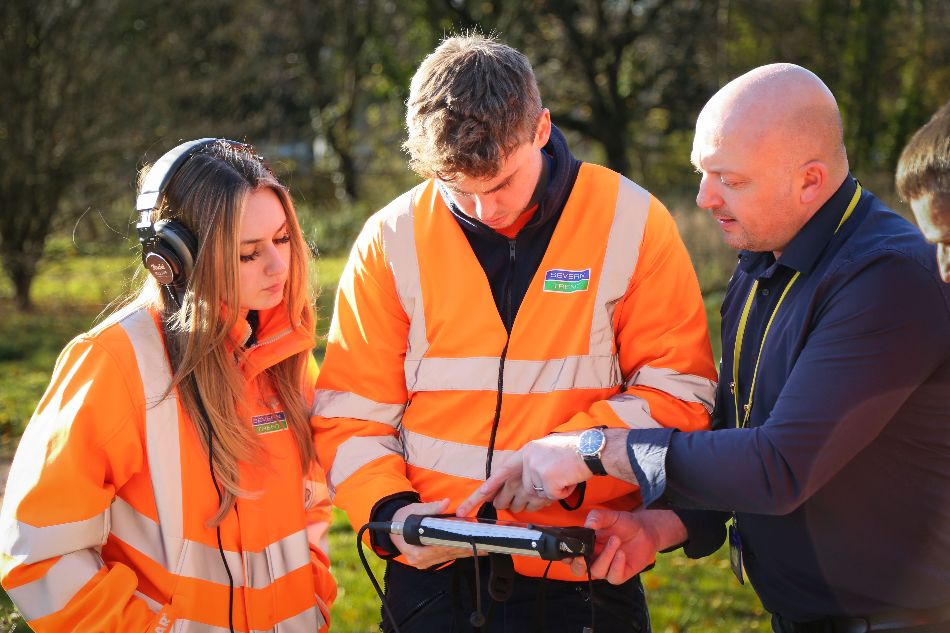Women retiring in 2021 expect average retirement incomes which are 25% or £4,600 per year lower than their male counterparts, new research from the UK’s leading independent equity release adviser Key shows.
Pensions Gender Divide:
Its unique “Retirement Ready 2021” study into the finances and ambitions of over 1,000 people expecting to finish full-time work in 2021 found men expect their annual income to be £23,646 while women expect theirs to be £4,655 lower at £18,991.
This gender gap is even more stark if taken over a 20-year retirement period, when men can expect to receive £93,000 more than women. That said, 2021’s crop of retirees have seen the gender gap close slightly from 2020 when men (£22,876) expected 29% more income than women (£17,762).
Nearly a third of women (29%) expect to retire on less than the Joseph Rowntree Foundation’s (JRF) Minimum Income Standard of £12,500 – a proportion that has risen since 2020 (27%). Men’s retirement income was more stable with less than one in five (17%) expecting to be below this minimum standard in both 2020 and 2021.
Worryingly a large proportion of women retiring this year don’t know what their retirement income will be, with a fifth (20%) unsure about their finances, more than double the proportion of men (9%).
Attitudes towards retirement:
This lack of understanding may explain why over a fifth (21%) of women feel unprepared compared to 15% of men. Covid-19 may have also played a factor with the proportion of women saying they are ‘really not prepared and worried about it’ rising from 10% (2020) to 14% (2021) while the number of men who felt this way stayed consistent at 6%.
Sources of retirement income
Income from company pension schemes make up the greatest proportion of men’s income in retirement (34%) followed by the State Pension (30%). Women on the other hand expect to receive the greatest proportion of their income from the State Pension (34%) followed by company pension schemes (29%).
Across both genders, 2021 has seen a decrease in reliance on company pension schemes with more looking to the State Pension for income. Women (15%) remain more likely to look at accessing their housing equity than their male counterparts (10%).
Table one: Sources of retirement income
|
SOURCE OF INCOME |
MEN |
WOMEN |
||
|
YEAR |
2020 |
2021 |
2020 |
2021 |
|
Company pension scheme |
38% |
34% |
28% |
29% |
|
State pension |
25% |
30% |
32% |
34% |
|
Personal pension |
16% |
15% |
12% |
11% |
|
Other savings and investments |
12% |
12% |
14% |
13% |
|
Housing Equity |
9% |
10% |
13% |
15% |
Will Hale, CEO at Key said: “With women typically earning less over the course of their careers, more likely to work part-time or need to juggle their career and caring responsibilities, the gender pay gap quickly becomes the gender pension’s gap at retirement. It is disheartening that in 2021, women still expect 25% less than their male counterparts and nearly a third expect their income to fall below Joseph Rowntree Foundation’s (JRF) Minimum Income Standard.
“There is no quick fix to this situation but it does illustrate how important it is to consider all your assets at retirement. In 2021, more women (15%) than men (10%) said they intend to release equity from their home to support their retirement income needs. Given the significant shortfall that many men and women will face, this figure should be higher – especially as modern equity release products boast flexible features which makes managing this borrowing in line with changing circumstances far easier than ever before.”
“Planning your finances for retirement is important for everyone – but especially those who are either facing into the impact of the gender pension’s gap or a find themselves retired and struggling on less than the minimum income standard should speak to a specialist adviser. Making the most of your income in retirement is about knowing your options and getting good advice will ensure you consider how assets such as the equity you have in your home might allow you to live a more comfortable and fulfilling retirement.”

















